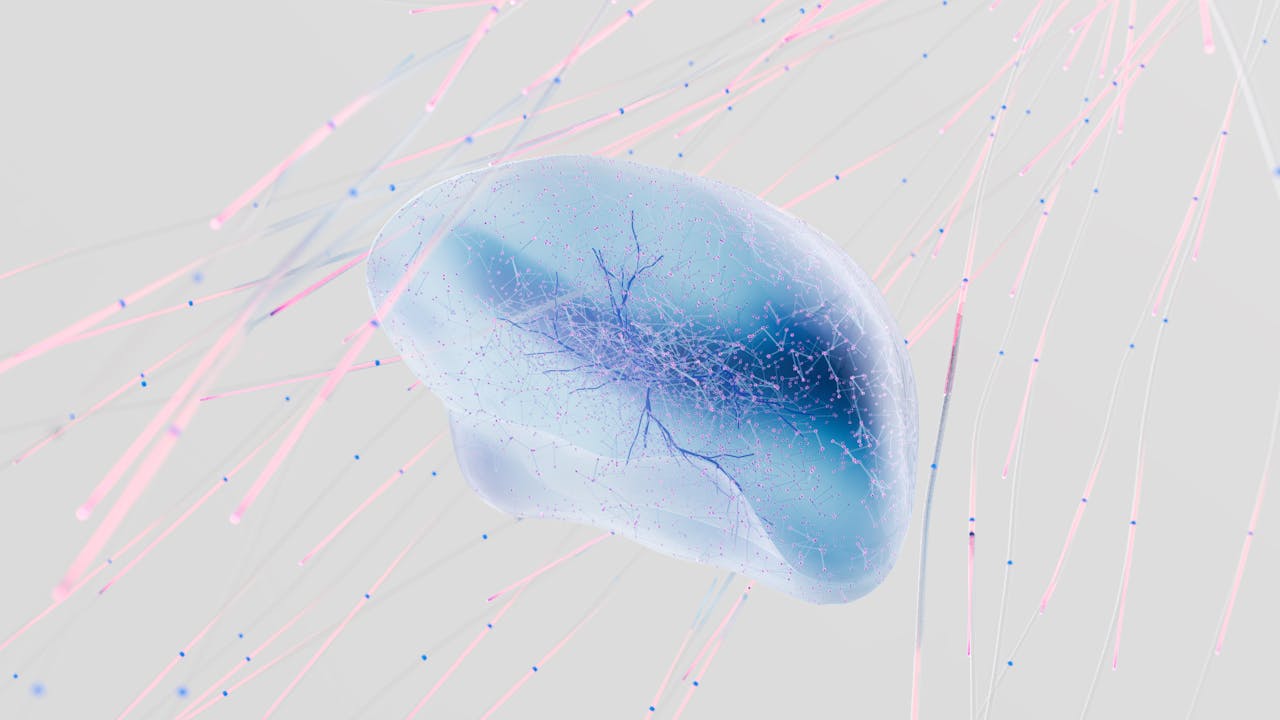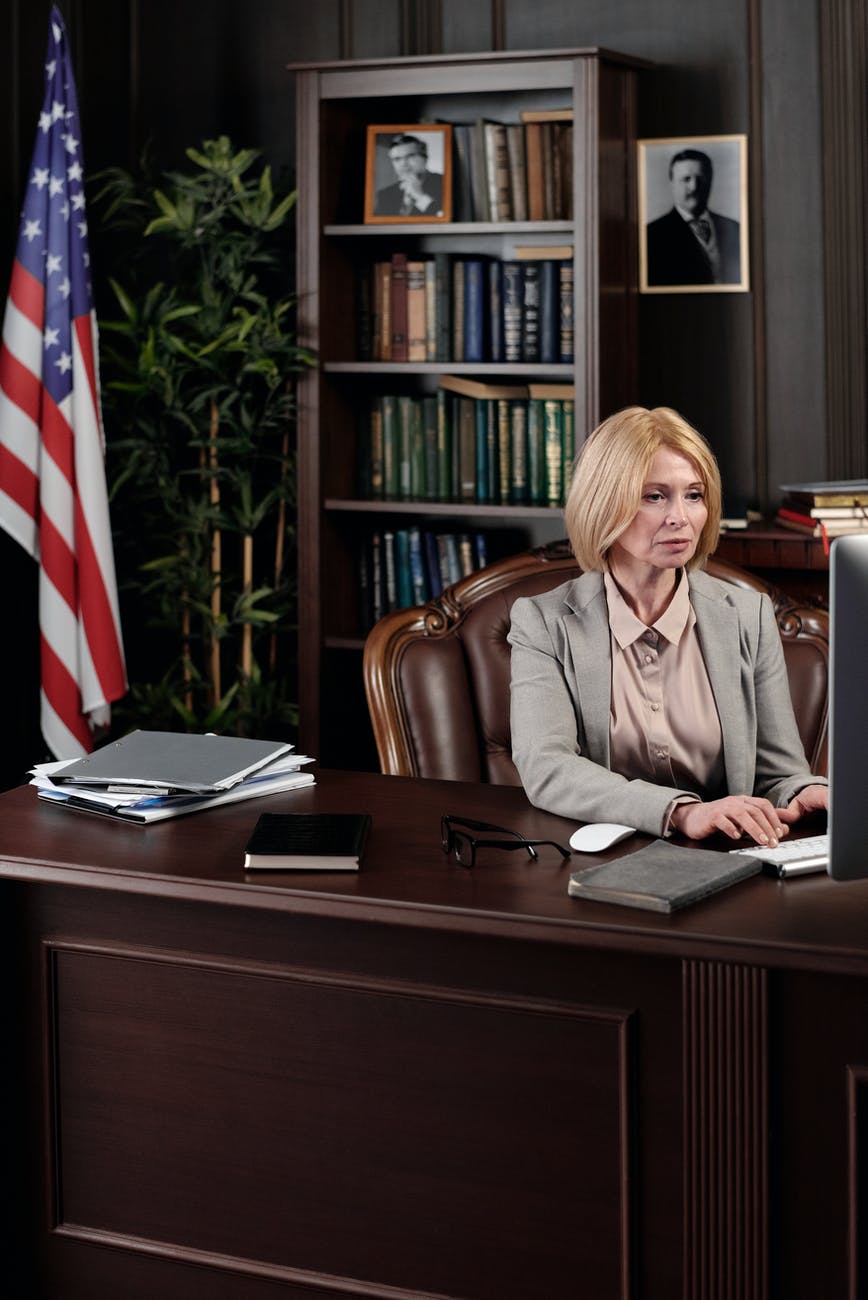Physical Wellness
Things Every Sports Team Needs in a First Aid Kit
Sports are a very rewarding and fulfilling way to spend an afternoon, with some people choosing to dedicate their lives and careers to furthering goals directly related to a specific sport. However, sports are inherently risky when it comes to physical injuries since sports are physical activities. Because of this, it's crucial to be able to recognize and treat sports injuries as quickly as possible to reduce any possible burden they might place on the life of an athlete. A special sports first aid kit is an essential piece of equipment. It could mean the difference between taking a week off and being out for an entire season.
Sports first aid kids should have everything a regular first aid kit does. But then, some special pieces of equipment are absolutely not to be forgotten:
Blister Plasters
Sports with repetitive motions that put a strain on parts of the body that bend such as tennis, badminton, or baseball often result in players developing blisters on certain parts of their body. When these blisters are on the feet, it can result in difficulty playing because of the discomfort caused. Specially manufactured blister plasters are a type of bandage that adheres firmly to the blister and work to minimize their inconvenience. A good blister plaster is waterproof and hugs tightly to the blister, so gloves and shoes can be worn normally without risk of further injury.
Gel Packs
Cold is one of the best treatments for most sports injuries, being able to adequately treat inflammation, spasms, as well as help control blood flow. Specially made ice packs such as Gel Pax are a step above the average cold therapy since they can keep their cool for much longer than cheaper packs, and can also fit the body in a much more form-fitting and ergonomic fashion. Recovery can be very quickly accelerated by the proper use of cold therapy. If used quickly enough, there's even a chance that swelling will be completely avoided.
Slings
In the event of an arm injury, a sling is an excellent way to support an injured limb before the athlete has the chance to receive a proper medical examination. Slings work great by keeping an arm elevated to around the heart level to control swelling, as well as prevent the arm from receiving further injury through use. Slings function to both improve comfort and reduce complications.
Antihistamines
Since many sports are played outside, athletes risk allergic reactions while playing. Oral tablets, as well as localized creams, are excellent ways to deal with the effects of hay fever or a reaction from a bug bite or bee sting. Without the antihistamines, an athlete could become so sick to the point where they may as well go home due to constant runny nose and difficulty seeing. At worst, an athlete may have a serious allergic reaction without proper preventative care.
Conclusion
A percentage of being prepared on the field involved being prepared off the field, as counterintuitive as it might seem. The responsibilities of a coach extend far beyond what the scoreboard says. A coach that doesn't have the long-term health of their team members in mind is doing them a disservice. Most essential medical sports equipment is inexpensive and exploits fairly simple concepts, leaving little reason not to invest in these types of products.
* This is a contributed article and this content does not necessarily represent the views of counselheal.com









Join the Conversation